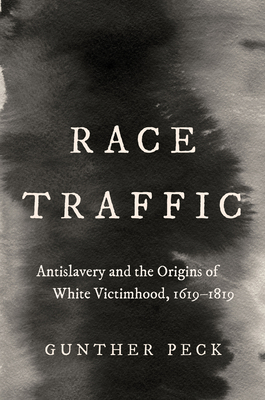
Peck, Gunther
product information
description
arratives of victimhood they spawn form the foundation of racist ideology. They also obscure the lived experience of trafficked servants and sailors in the seventeenth and eighteenth centuries. Gunther Peck moves deftly between the Atlantic and Mediterranean worlds to discover where and when people with light skin color came to see themselves as white. Separating fact from fiction, and paying close attention to the ideological work each performs, Peck shows how laboring women and men leveraged their newfound whiteness to secure economic opportunity and political power.
Peck argues that whiteness emerged not as a claim of racial superiority but as a byproduct of wide-ranging and rancorous public debate over trafficking and enslavement. Even as whiteness became a legal category that signaled privilege, trafficking and race remained tightly interwoven. Those advocating for the value of whiteness invoked emotionally freighted victimhood, claiming that so-called white slavery was a crime whose costs far exceeded those associated with the enslavement of African peoples across the Americas. Peck helps us understand the chilling history that produced the racist ideology that still poisons our politics in the present day.
Peck argues that whiteness emerged not as a claim of racial superiority but as a byproduct of wide-ranging and rancorous public debate over trafficking and enslavement. Even as whiteness became a legal category that signaled privilege, trafficking and race remained tightly interwoven. Those advocating for the value of whiteness invoked emotionally freighted victimhood, claiming that so-called white slavery was a crime whose costs far exceeded those associated with the enslavement of African peoples across the Americas. Peck helps us understand the chilling history that produced the racist ideology that still poisons our politics in the present day.
member goods
No member items were found under this heading.
notems store

American Patriots Presents Ron DeSantis: ...
by Publishing, American Patriots
Paperback /Paperback$10.49
listens & views

MEXICAN REVOLUTION: CORRIDOS 1910-20 / ...
by MEXICAN REVOLUTION: CORRIDOS 1910-20 / VARIOUS
COMPACT DISCout of stock
$37.25

BRENT: SUPERB 60S SOUL SIDES ...
by BRENT: SUPERB 60S SOUL SIDES / VARIOUS (UK)
COMPACT DISCout of stock
$12.99
Return Policy
All sales are final
Shipping
No special shipping considerations available.
Shipping fees determined at checkout.




